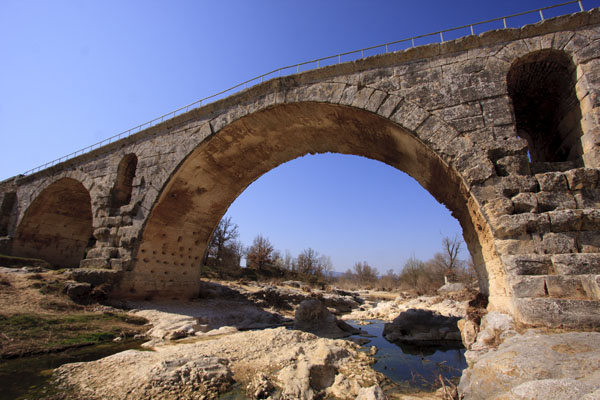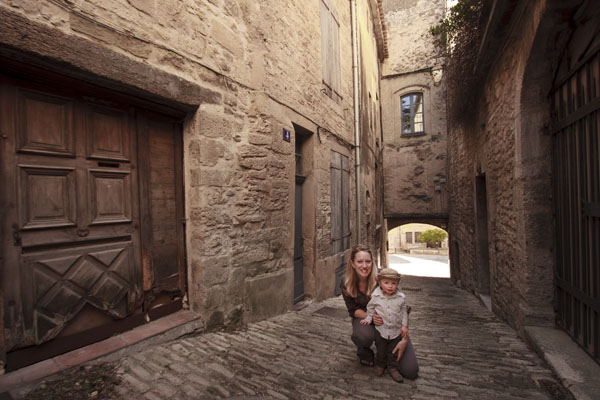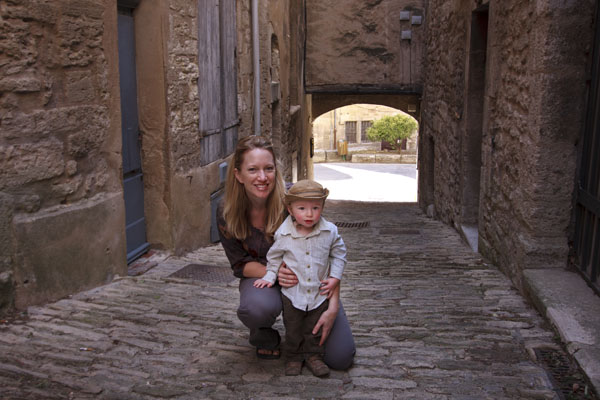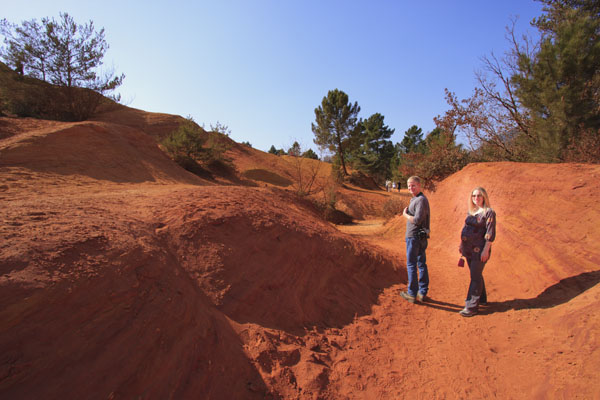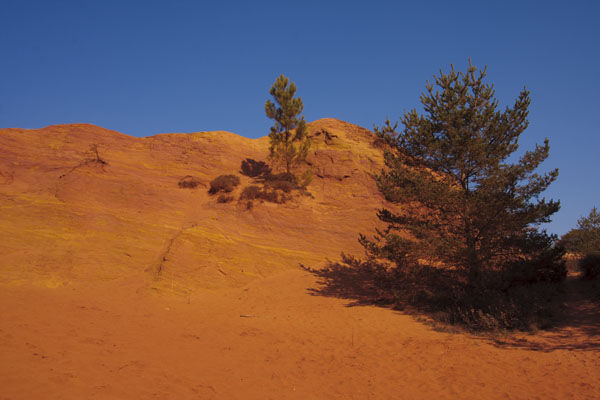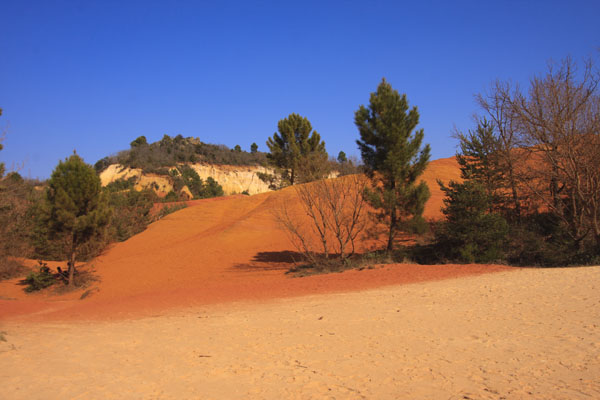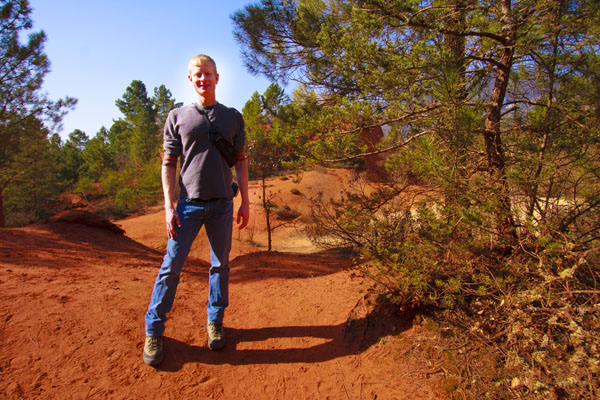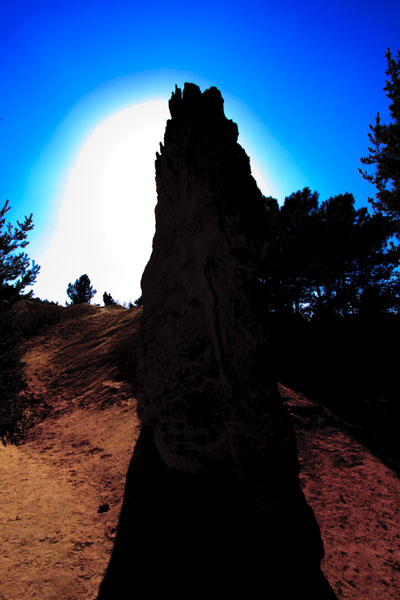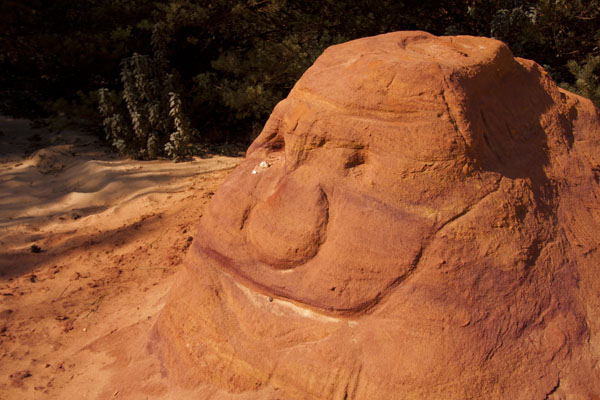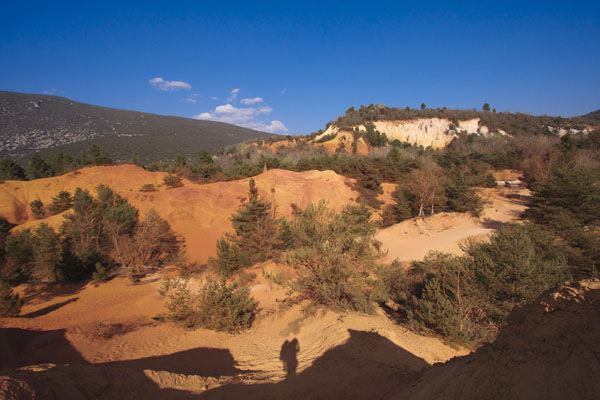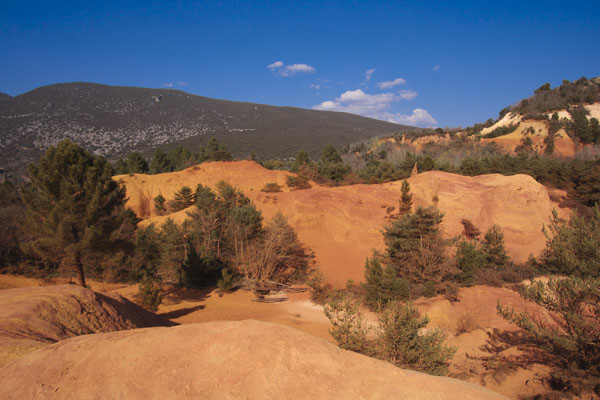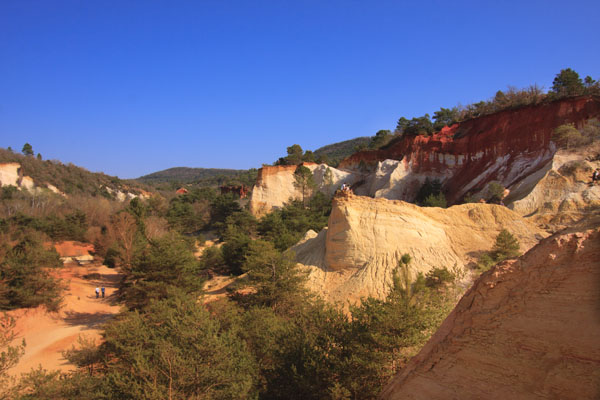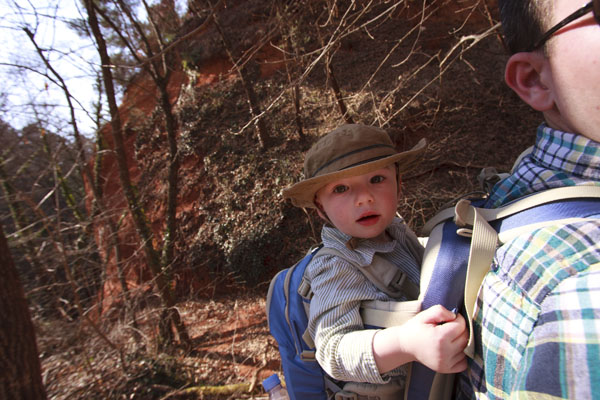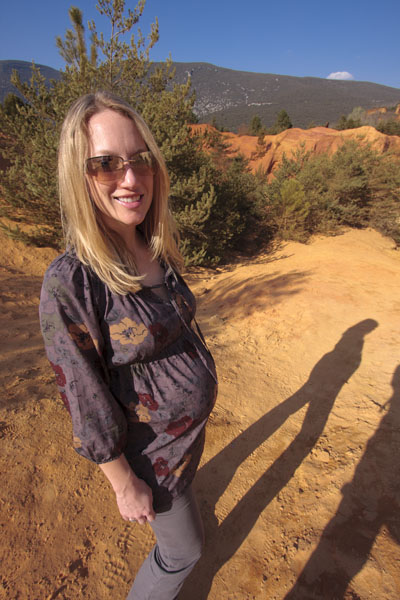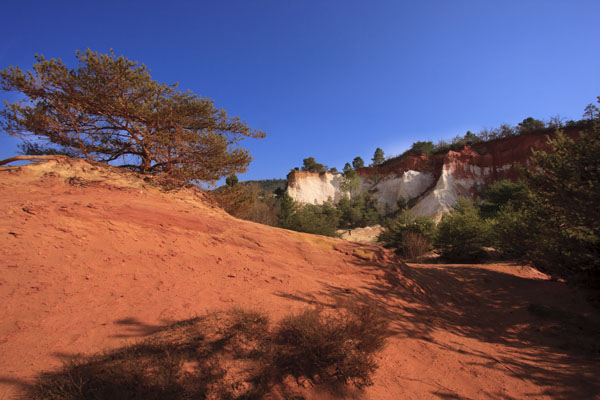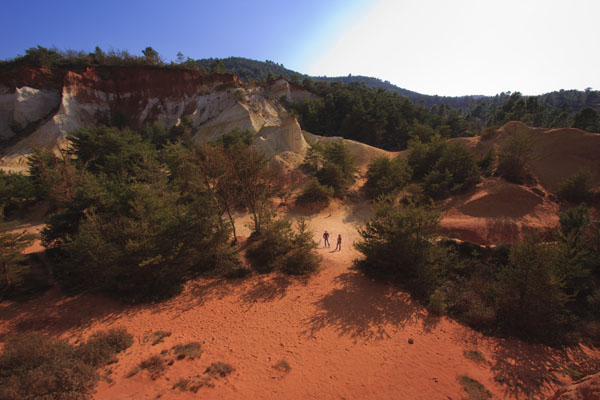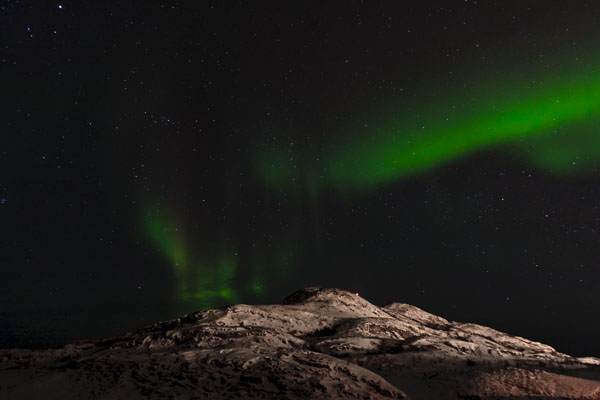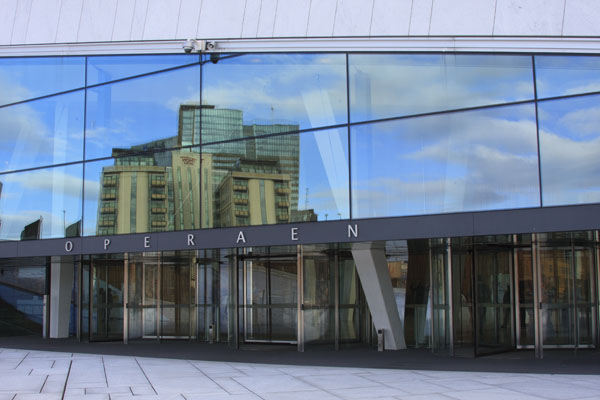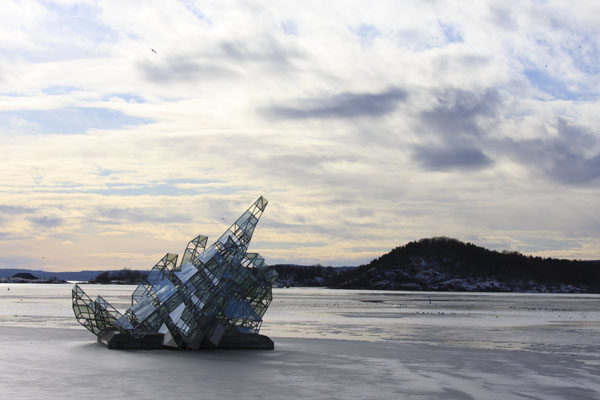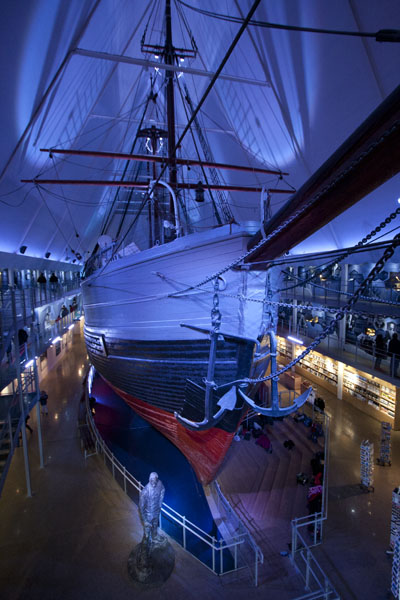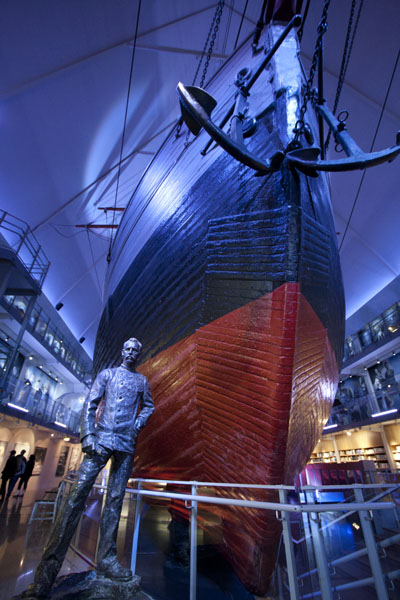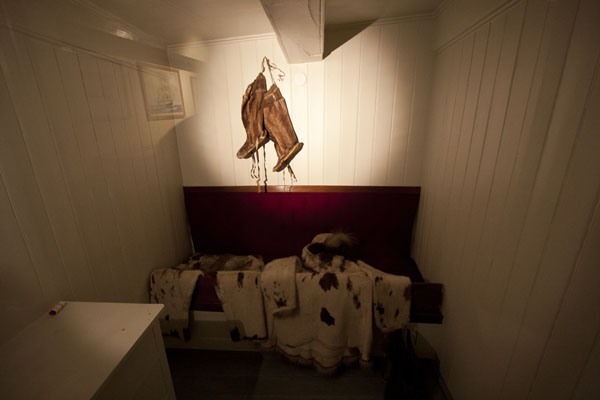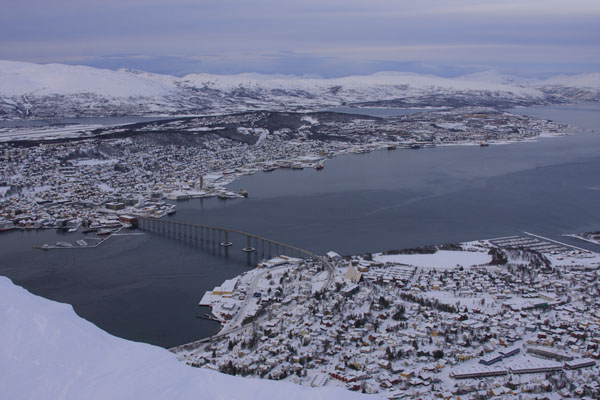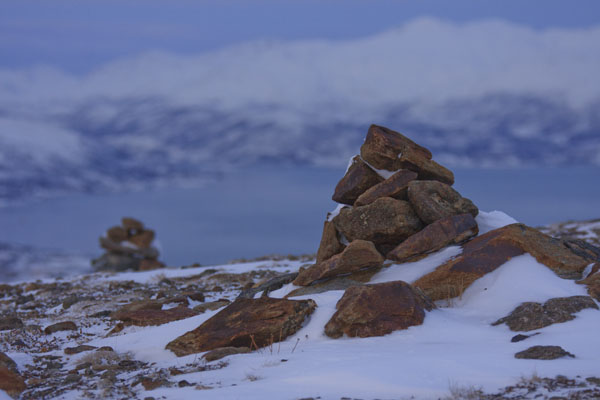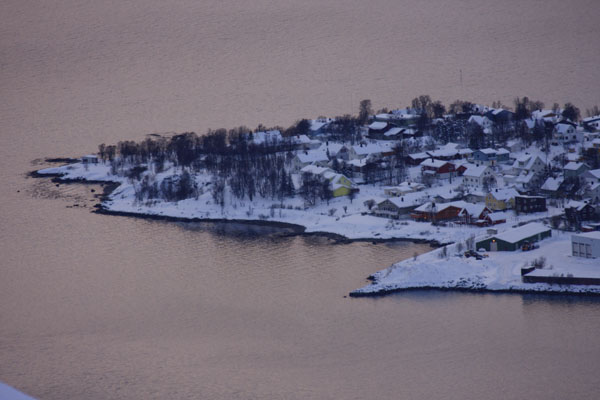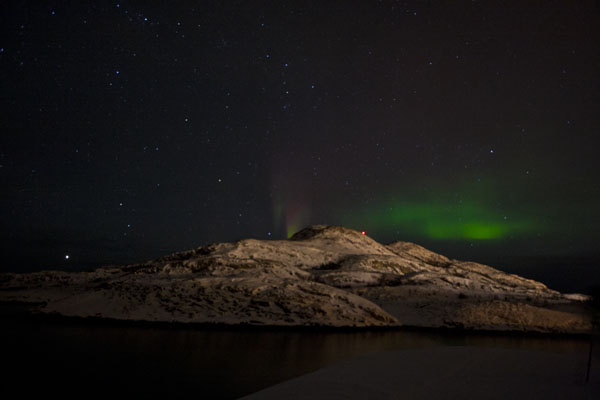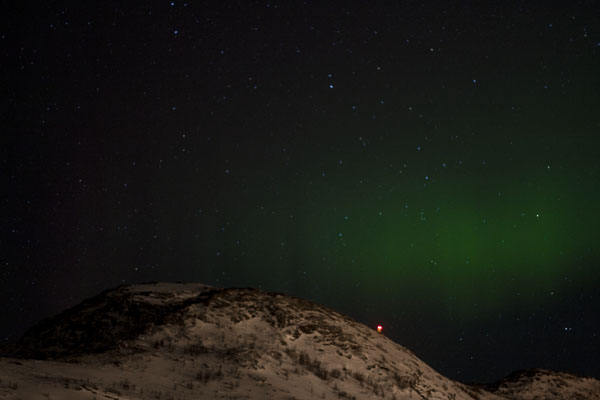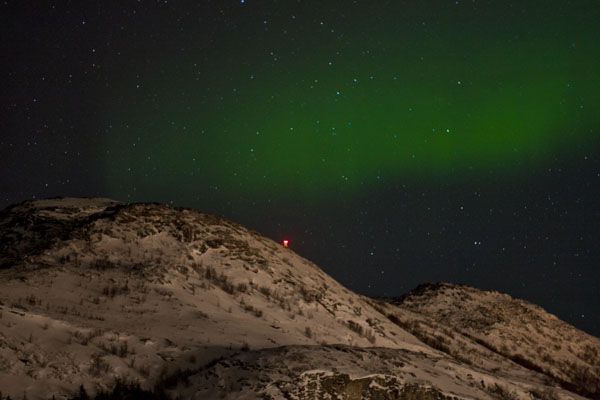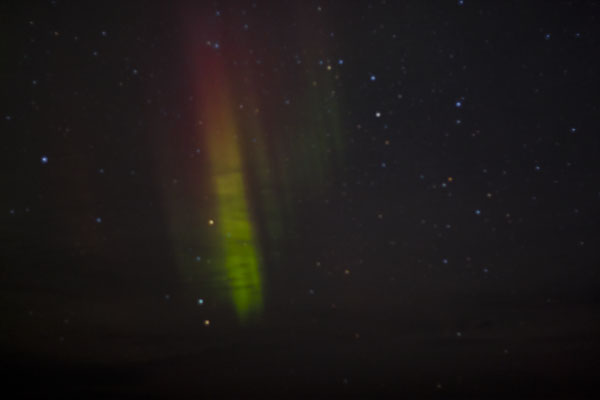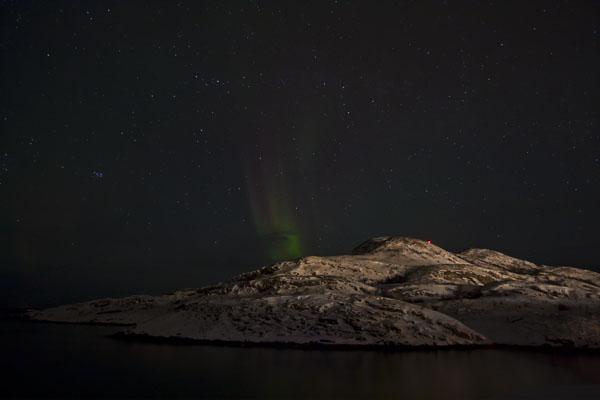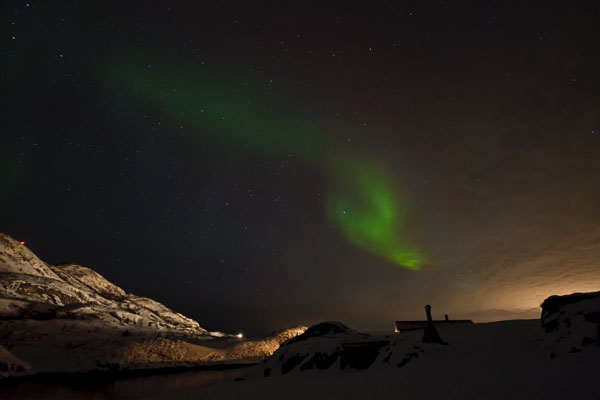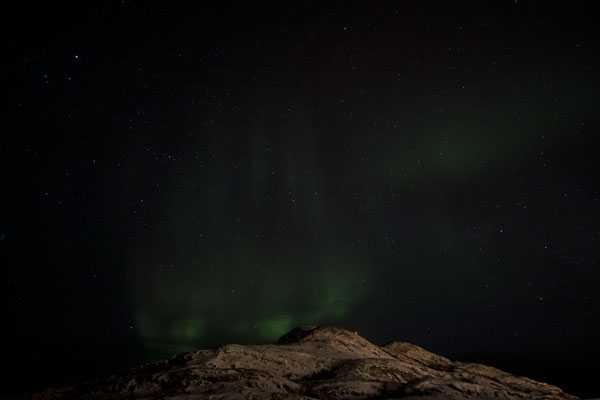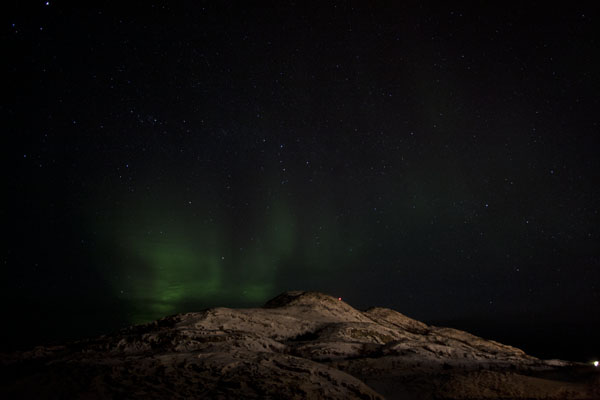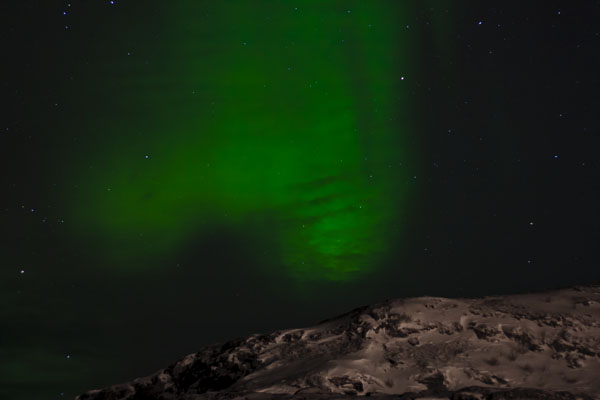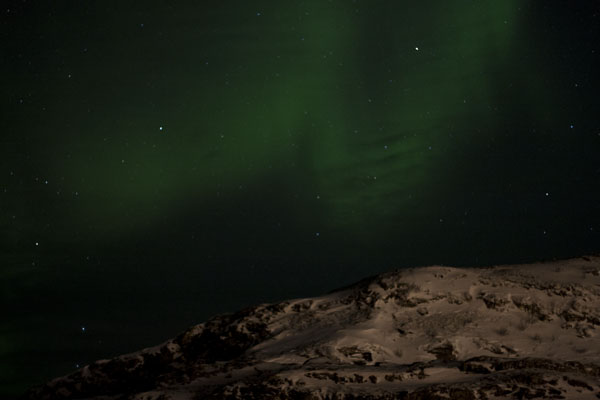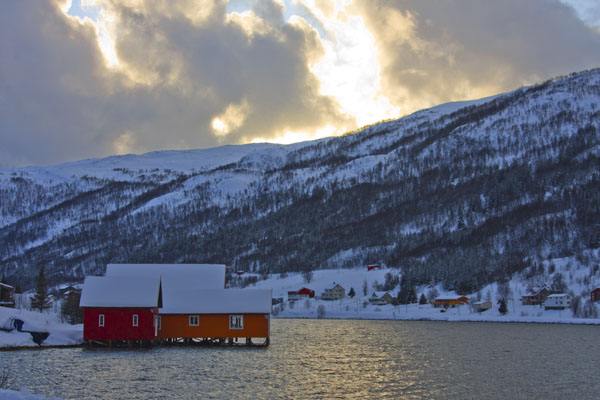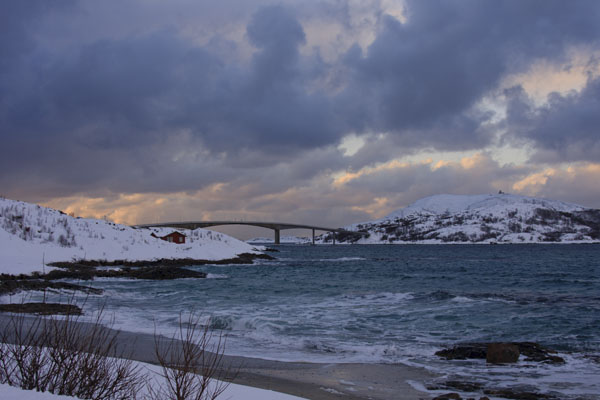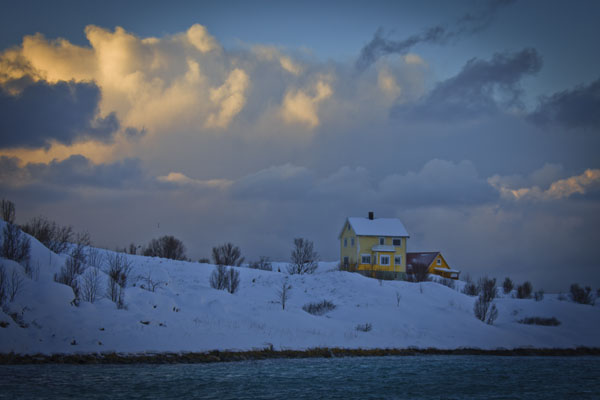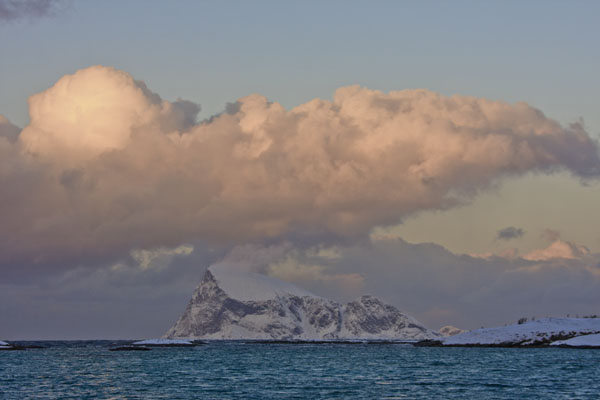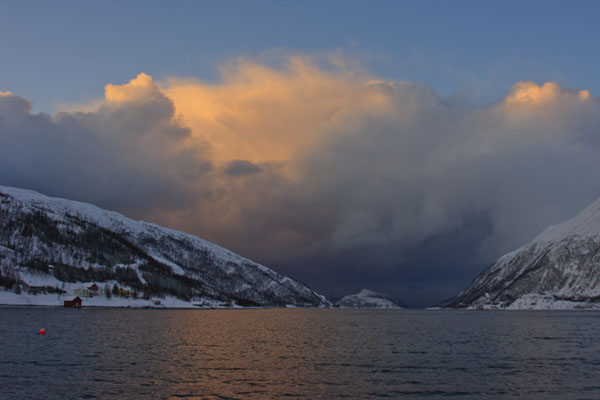Another post from our time in France. This is a short trip/hike we took to a region just north of where we lived, the Colorado Provençal in the Luberon region.
We began with a stop at an ancient bridge, Pont Julien. This one is from the Roman era and part of their first road through France. In fact, as you might guess, the word Provençal or Provence comes from the time when this region was a province of Rome. The bridge was a key part of the highway that went all the way out to modern day Spain and then back to Rome as part of the Via Domitia. Via Domitia traced the fabled route of Hercules and Hannibal when he invaded with his elephants. The road itself was built around 120 BCE.
The bridge has been surprisingly well preserved… It was built by the order of Julius Caesar and completed at the start of the modern era (27 BCE – 14 CE). The usage was nearly continuous for 2,000 years.
The holes on the side have been something of an enigma for academics… the may have been used during construction of the bridge, or for irrigation dams/canals.
A couple images from Roussillon. Remember, this is back in 2012, so X was just a little guy and Lily had yet to make her debut.
Eventually, we made it out to the ocher fields of the Colorado Provençal. Our good friend, Tom, was visiting at the time and enjoyed the visit with us.
The region was under sea during the Cretaceous Period when a large layer of sand developed. This sand evolved into sandstone and the iron-rich clay makes for the beautiful red color. This ocher color was used as a pigment for indelible color. In fact, this region was the top producing site until the second world war.
Although artificial color pigments currently dominate the world market, the natural ones like this ocher are making a comeback. The color is exclusively from the marine life millions of years ago, coupled with the clay and iron oxidization to make this material.
Officially, there are 24 different colors of ocher.
Tom, or as he was know in college, Red Man.
There are lots of these formations, known as a “Fairy Chimney”
A less subtle fairy… more like an ogre.
The contrasting colors, with me and X in shadow.
The little man, looking very young.
Anna and Lily (or soon to be).
Tom and Anna down below.
It was a great day trip and, as always, we very much enjoyed Tom’s company.
Until the next adventure…
–Jim


